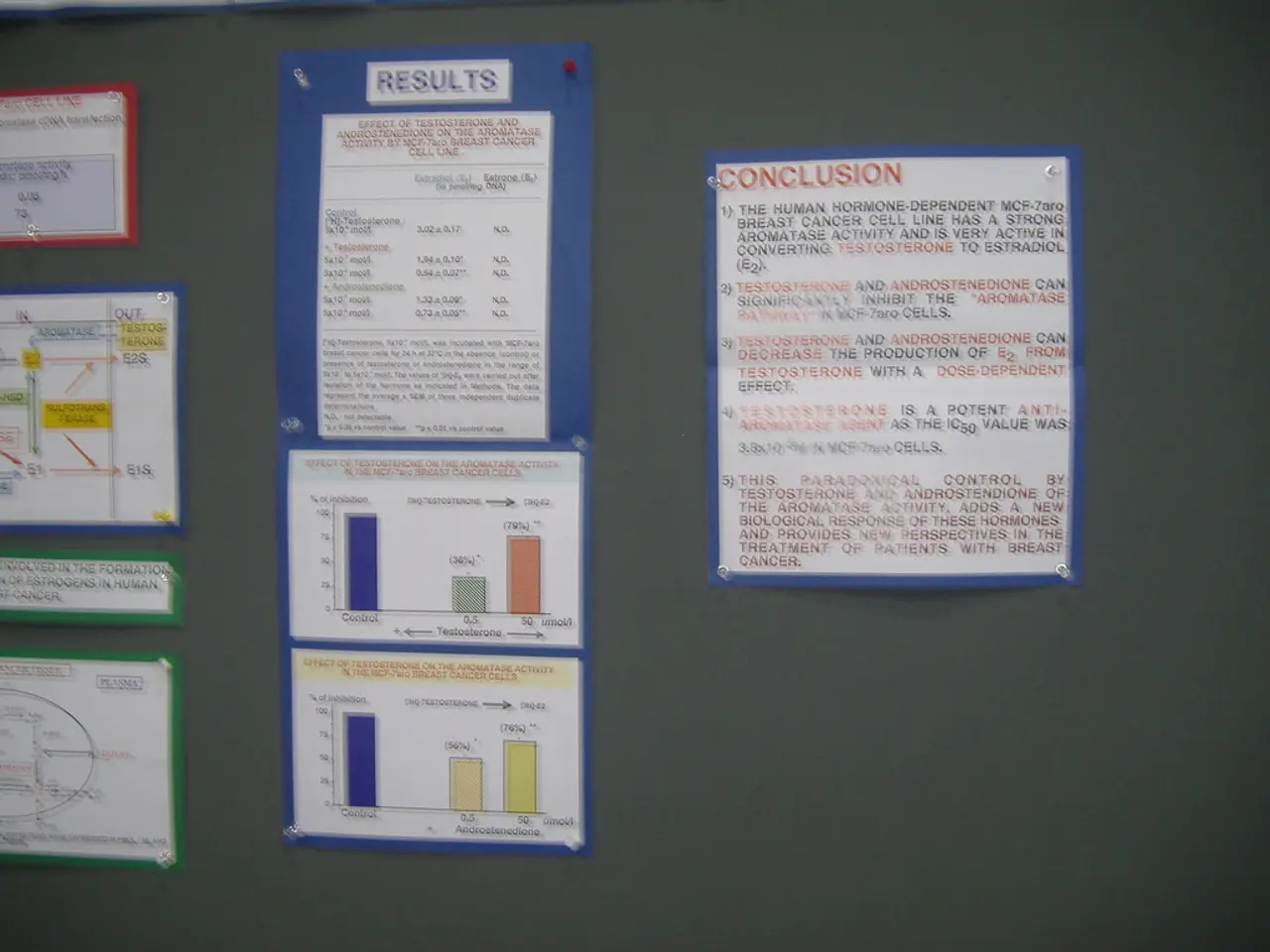Women in the East receive higher pension benefits compared to their counterparts in the West
In Germany, a significant disparity exists in pension distributions between Eastern and Western women, a legacy of historical and systemic factors that have influenced labor market conditions and social policies.
During the GDR era, extensive state childcare allowed many women to engage in full-time employment, positively impacting their pension contributions and retirement benefits. This contrasts with the more part-time employment patterns common among women in Western Germany.
The GDR's comprehensive childcare system facilitated women's participation in the workforce, leading to higher pension entitlements. This legacy continues to influence the economic and social status of women in Eastern Germany, contributing to the pension gap.
In the current landscape, women in Eastern Germany receive an average of 357 euros more in their pensions compared to women in Western Germany. This difference underscores the lasting impact of historical labor market conditions and social policies on pension outcomes.
In 2023, the Kreis Bottrop in the Ruhr area boasts the highest average monthly pension for men, with 1686 euros, while Potsdam holds the same distinction for women, with an average of 1314 euros. Notably, in 2023, there was no Eastern state where the average woman's pension was less than 1100 euros.
The west-east gap in men's pensions has narrowed, with men in Eastern Germany now almost on par with their Western counterparts. The lowest national men's pension is found in the Landkreis Waldshut in the Black Forest, with 1201 euros, while in some areas, men's pensions are lower than women's, such as in the Eifelkreis Bitburg-Prüm in Rhineland-Palatinate, where women receive an average of only 668 euros per month.
As the pension landscape in Germany evolves, it is crucial to consider the historical and systemic factors that have shaped pension distributions and to address the ongoing disparities to ensure a more equitable retirement for all.
[1] Data source: Federal Statistical Office of Germany (Destatis) and German Pension Insurance (DRV) statistics.
Vocational training programs and community policies could be implemented to foster greater equality in pension distributions, lessons can be learned from the historical disparities between Eastern and Western women in Germany, particularly in terms of labor market conditions and social policies. The impact of finance, business, politics, and general-news may also contribute to bridging the pension gap, empowering women in both regions to equally benefit from vocational training and achieve higher retirement returns.
The ongoing growth and advancement in vocational training in Germany will be vital to reducing disparities in pension outcomes and strengthening the economic positions for both male and female individuals in the country. Refining finance, business, political, and general-news policies can further contribute to driving innovation and opportunities, paving the way for a more equitable retirement for everyone.




